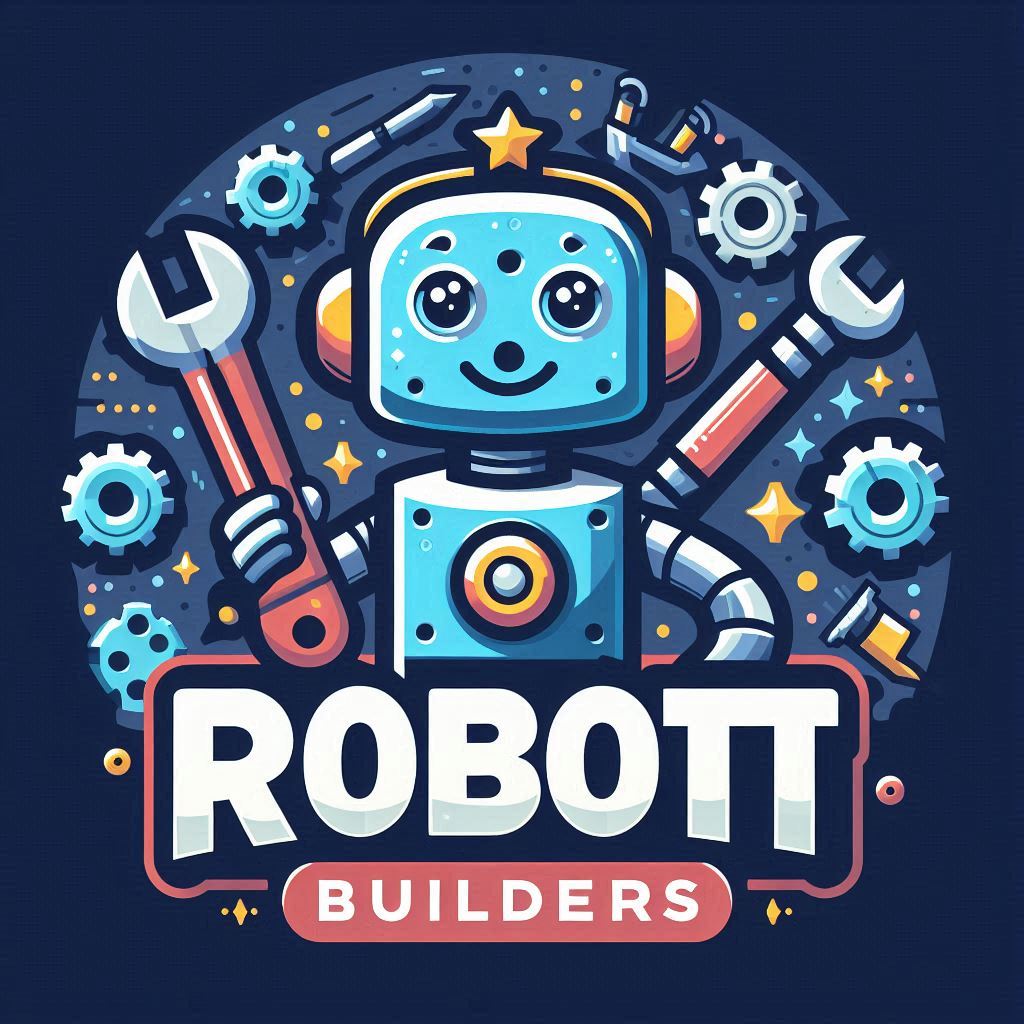Robotics has emerged as a transformative field, reshaping industries and redefining possibilities. From ancient myths to the highly sophisticated robots we see today, robotics has undergone a fascinating journey of evolution. In this article, we explore the history, breakthroughs, and milestones that have led to the modern-day marvels of robotics.

1. The Early Concepts of Robotics
The roots of robotics can be traced back to ancient civilizations. Early robotic concepts were imaginative and symbolic, often rooted in myths and legends:
- Ancient Greece: Inventor Archytas is believed to have built a mechanical bird, often referred to as one of the earliest robotic designs.
- Middle Ages: Automatons, mechanical devices crafted to mimic human actions, were popular among inventors and artists.
- These early ideas laid the philosophical groundwork for robotics as a discipline.
2. The Industrial Revolution: Dawn of Automation
The Industrial Revolution (18th–19th century) set the stage for automated machinery:
- Machines like the Jacquard Loom introduced punch-card automation, an early precursor to programming.
- Mechanical engineering advancements paved the way for creating functional machines that could perform tasks with precision.
This era saw the first practical steps toward the automation of labor, laying the groundwork for modern robots.
3. 20th Century: The Birth of Modern Robotics
The 20th century brought significant technological advancements:
- 1921: The term “robot” was introduced in Karel Čapek’s play R.U.R. (Rossum’s Universal Robots).
- 1942: Isaac Asimov’s “Three Laws of Robotics” defined the ethical framework for intelligent machines.
- 1956: George Devol and Joseph Engelberger developed the first industrial robot, Unimate, revolutionizing manufacturing processes.
These innovations positioned robotics as a critical field for industry and science.
4. The Era of Artificial Intelligence (AI)
The integration of AI into robotics in the late 20th century marked a groundbreaking shift:
- Robots gained the ability to perceive, learn, and adapt.
- From automated vacuum cleaners to robotic arms in surgery, AI expanded the applications of robotics across multiple domains.
AI-enabled robots became capable of performing tasks that were once deemed impossible, from natural language processing to image recognition.
5. Robotics Today: A World of Possibilities
Robotics in the 21st century has seen explosive growth:
- Humanoids: Robots like Boston Dynamics’ Atlas mimic human motion and agility.
- Autonomous Vehicles: Self-driving cars represent a leap in mobility solutions.
- Healthcare Robotics: Surgical robots like Da Vinci are transforming medicine.
Modern robotics is now at the forefront of innovation, integrating with fields like IoT, machine learning, and renewable energy.
6. The Future of Robotics
The future of robotics promises:
- Collaborative Robots: Cobots that work alongside humans to improve efficiency.
- Space Exploration: Autonomous rovers are exploring distant planets.
- Ethical Robotics: A focus on designing robots that align with societal values and ethics.
As robotics continues to evolve, its role in solving global challenges, from climate change to healthcare, will only grow.
Final Thoughts
The journey of robotics from concept to creation highlights humanity’s relentless pursuit of innovation. With roots in ancient imagination and a future brimming with possibilities, robotics stands as a testament to human ingenuity. Whether it’s assisting in daily tasks or tackling the most complex challenges, robots are reshaping the world one creation at a time.
